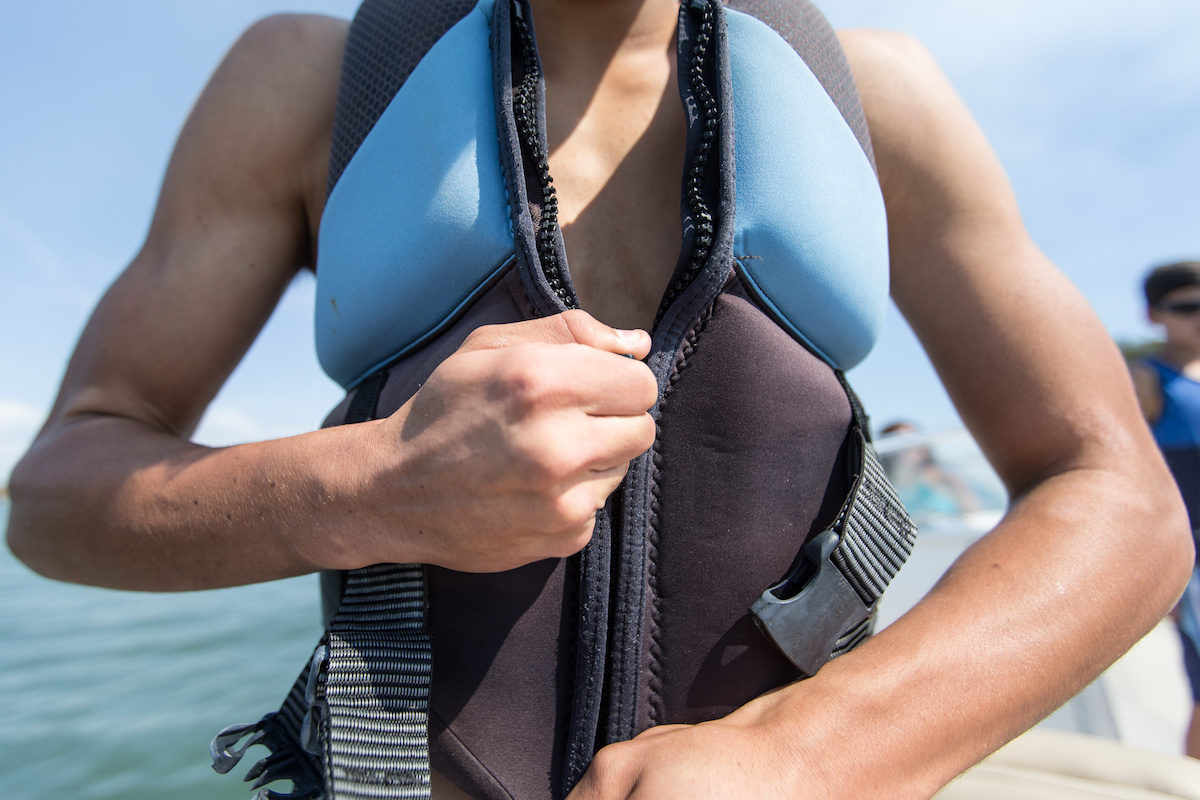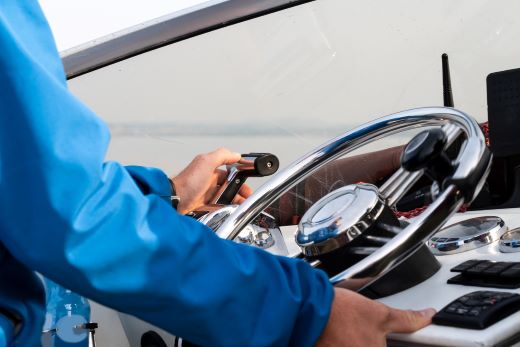When it comes to boating safety and effective communication out on the water, sound-signaling devices are boating safety essential. These devices are designed to convey specific navigational information, warn of dangers, and call for help.
Whether navigating a small ski-boat at the lake or cruising the coast in a larger vessel, understanding the different types of sound signaling options available, their importance, and the regulations surrounding their use is essential.
What Is A Sound Signaling Device?
In the context of the boating world, a sound-signaling device is simply a tool used to communicate specific information on the water. These devices communicate navigational information, call for help, or warn of danger.
These devices emit sound signals that can be heard by other boats, signaling various messages or warnings. Legally, all vessels are required to have at least one sound signaling device on board. Boats less than 39.4 Feet (12 meters) long require at least one sound signal device.
Those longer than 12 meters require a bell in addition to the air horn or whistle.
Sound Signaling Device Options
When selecting a sound-signaling device for your boat, several popular options are available. The top three most common choices are both easy to use and inexpensive:
Air Horns
Air horns are popular for their loud and attention-grabbing sound. Their compact size makes them easy to store onboard even smaller boats.
Whistles:
Small, inexpensive, but effective signaling devices that easily fit in your boating tool kit. Whistles are commonly used as a sound signal on smaller boats and personal watercraft like jet skis. Whistles with a pea inside are not approved because they will not work when waterlogged.
Bells
Bells provide a distinct and recognizable sound. They are typically used on larger vessels but can be used on any boat to supplement other sound-signaling devices.
What Is A Sound Signaling Appliance?
Similar to a sound signaling device, the sound signaling appliance is used to communicate when on the open water. The difference is the sound signaling appliance is affixed to the boat. A common sound-signaling appliance is a horn.
Why Are Sound Signaling Devices Important?
Sound signaling devices play a critical role in both boating safety and communication They serve various purposes, including:
1. Avoiding Collisions
Sound signals can be used to communicate with other vessels, especially when other methods of communication are limited.
2. Emergency Situations
Sound signaling devices are essential in any boating emergency to signal distress or capture the attention of other boaters. A sound signal can call for help or alert other nearby boats of dangers.
3. Navigation
Different sound signals convey navigational information, such as passing intentions, approaching or leaving a dock, or entering restricted areas. Navigational sound signals are typically used only when boats are in sight of each other and crossing within half a mile of each other.
Read Next: Boat Safety Checklist & Safety Equipment
How To Use Sound Signaling Devices
Using sound signaling devices correctly is of the utmost importance for responsible captains to communicate correctly with other boats on the water.
Understand the specific sound signals required in your area and their meanings. Different signals are made from specific patterns and durations, such as short blasts, prolonged blasts, or combinations. Know the meaning of each pattern to avoid confusing others in a high-stakes situation.
Always follow the proper signaling etiquette for efficient communication with other boaters. Different areas, marinas, and types of water bodies may have different signaling etiquette.
Practice using your sound signaling device so you are familiar with how it works if it's ever needed in an emergency.
Sound Signal Blasts
Sound signals are called blasts, with different blast combinations carrying different meanings from ‘I’m backing up’ to ‘danger’. Short blasts last about a second, while prolonged blasts typically last four to six seconds.
Common Sound Signal Meanings:
Understanding the most common boat sound signal patterns is imperative for effective communication while on the water.
One Short Blast:
A single short blast is typically used to communicate the intention to pass another boat on its starboard (right) side.
Two Short Blasts:
Two short blasts signify the intention to pass another boat on its port (left) side. This signal indicates that you plan to pass the other vessel while keeping it to your right side.
Three Short Blasts:
Three short blasts indicate a vessel is backing up. This signal is often used when leaving a dock or maneuvering a boat in reverse.
One Prolonged Blast:
A single prolonged blast, usually lasting four to six seconds, is a warning signal to indicate the vessel's presence and potential danger. It is often used when navigating blind corners, in areas of reduced visibility, or when approaching an intersection.
Five Short Blasts:
Five short quick blasts is an emergency signal. This signal is used to draw attention, communicate you are in distress, and requests help.
These sound signal patterns are not comprehensive and may vary slightly depending on regional or local regulations. Always familiarize yourself with the specific rules and requirements of the area where you are boating, especially when in new locations.
Sound Signaling Device Requirements
Understanding sound signaling requirements is necessary to comply with safety regulations and ensure safe boating. Local regulations vary, but common regulations require audibility, quantity, and maintenance.
The device must reliably produce a sound that can be heard from a reasonable distance. It is usually required that each boat has at least one sound-signaling device on board. Additional devices can provide redundancy, peace of mind, and be extra useful in an emergency.
Regular maintenance and testing of your sound signaling devices are critical to ensuring they will work when most needed.
Sound Signaling Devices: A Boating Safety Essential
Sound signaling devices are indispensable safety tools for boaters. They ensure safe navigation, effective communication, and emergency preparedness on the water. By understanding how to use sound signaling devices, you can ensure a safer boating experience for you and your passengers – allowing you to have carefree fun out on the water.


